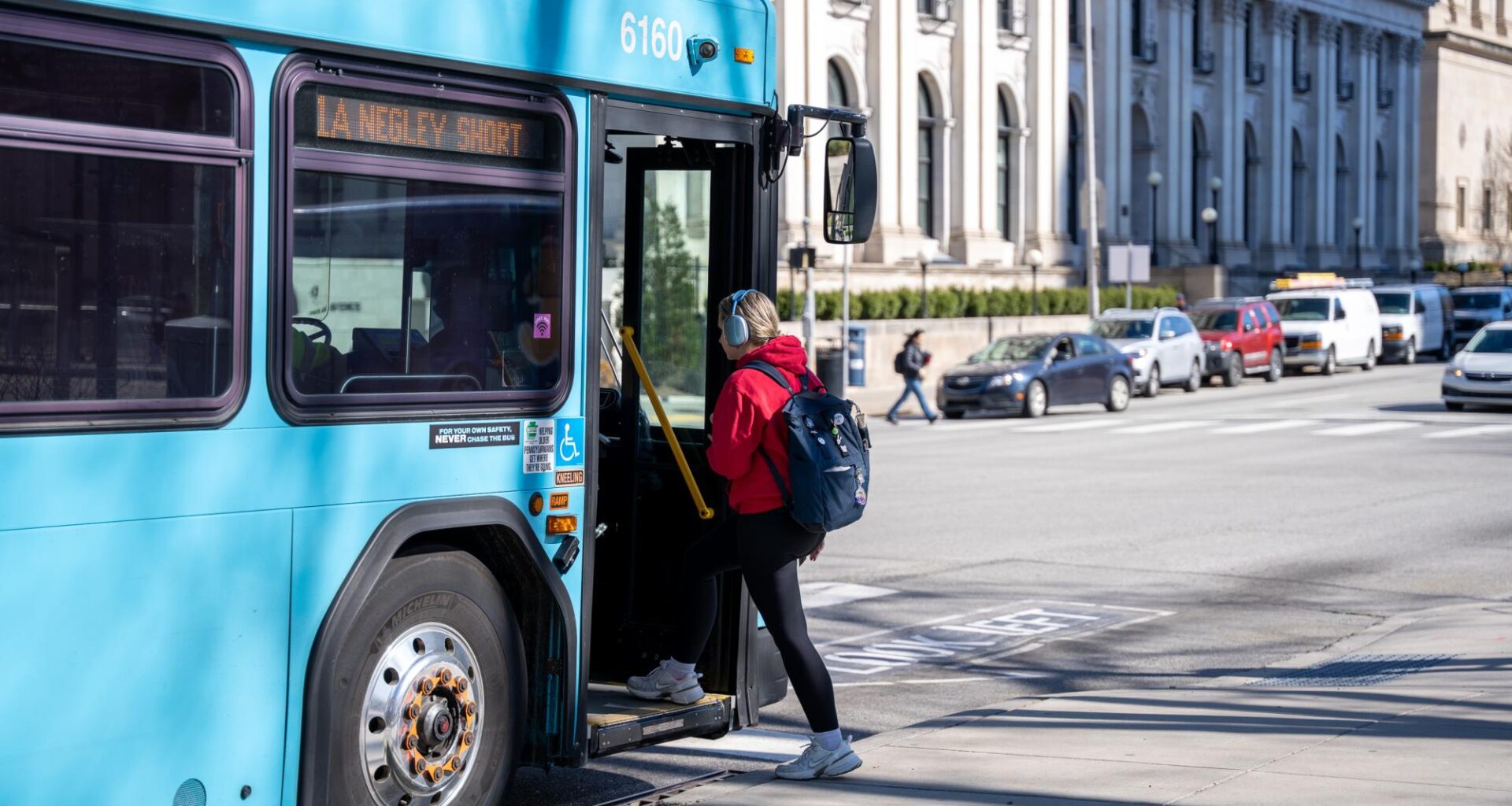When I decided to go to college in a city, one thing inevitably occurred to me — how will I get around? Many current students at the time told me it was easy. However, when I got here, I found transportation in Pittsburgh to be hard and confusing to navigate. I thought it would be better in my second year since I would be better acquainted with the transportation system, but the system remains difficult to navigate.
It isn’t necessarily hard to find forms of transportation throughout the city, as there are many options. The problem lies in their inefficiency and unreliability.
The PRT buses are the main mode of transportation for students, but they also have the biggest problems. Despite there being two different apps that track the buses, both seem to be inaccurate. TransLoc is good for finding the routes for each bus, but it doesn’t track the buses and is often wrong about when the bus will actually arrive at your stop. On the other hand, Transit is good at tracking the buses and is decently accurate about timing, though this is not always the case. It only ever shows a few options of which buses you can take, and there are times when many more buses are available. Oftentimes, I find myself switching between both every time I use the bus, which is both confusing and overwhelming.
Another problem with the buses is that the time it takes to get to any given location in a car is doubled — sometimes even tripled — to get to by bus. If you’re in a time crunch, the buses might not be your best bet because of their unreliability, the inaccuracy of the apps and the inefficiency.
The buses are also hard to use if you are getting a week’s worth of groceries, like I often am. I live in an on-campus apartment with only one meal swap per day, so the other meals are up to me to obtain. I often run out of groceries quickly because when I go grocery shopping for the week, I can only get as much as I can carry, so I have to be conscious of what and how much I get. I often have to go out a second time every week just to get more food.
Another option for transportation in the City is to use Uber or Lyft. If you’re in a time crunch, ordering one of these is a more time-efficient and feasible option. However, these costs can add up. How many college kids can afford to Uber every single week? It’s also impractical, seeing as Pitt students get busing for free — why should these students have to pay for these options just to get to their destination on time?
Biking is another way of getting around. POGOH bike use is free for Pitt students and you get your exercise in, but you can only run limited errands with a bike in 30 minutes, the length of the free ride. You certainly can’t go grocery shopping — some places are too far for a bike ride, and there’s no way of transporting the groceries back unless you only purchase a few items. There also isn’t enough rental time for the bikes to do it all in one go. These free bikes are not a long-term solution. Additionally, there aren’t too many POGOH stations, and from personal experience, it’s stressful. The City streets are so busy that it can be overwhelming and scary to maneuver around on a bike, and riders have to worry about cars and pedestrians all around them.
The most basic form of transportation — walking — is obviously a big component of living in the City, but struggles come with that, too. Besides the Forbes Street Market, there aren’t any grocery stores that are a walkable distance from campus. Even if there were, the amount you’d be able to carry would once again be limited.
As much as people want to bring their cars to campus, there are a lot of factors that can deter them from doing so. I have heard of many people’s parents not wanting them to bring their cars here, and campus parking passes are both limited and extremely expensive. Not only is it a gamble to see if you’re even going to get one, but then you have to worry about paying for it.
When people say there are lots of ways to get around in the City, they’re right, but what’s never said is how hard it is to actually do it. Every day you have to carefully consider your options, assess your situation and pick the lesser of two — or in this case, at least four — evils.
Abby Breidenbach is a sophomore on the pre-law track with a law, criminal justice and society major and a minor in creative writing. She loves writing, reading, watching movies and passionately speaking about her loves and interests. If you’d like to chat, email Abby at [email protected].

